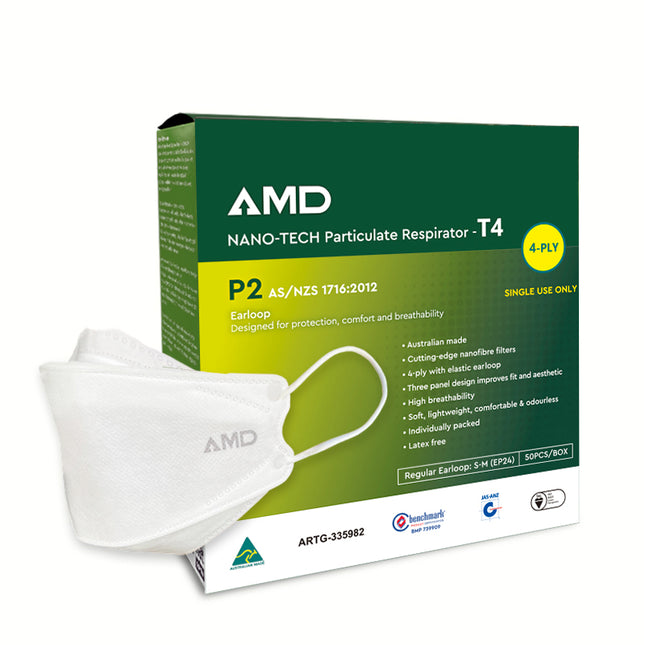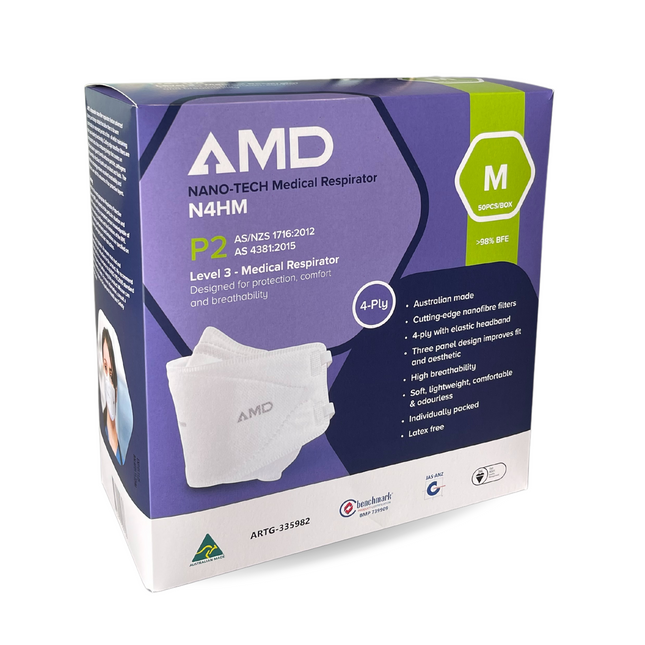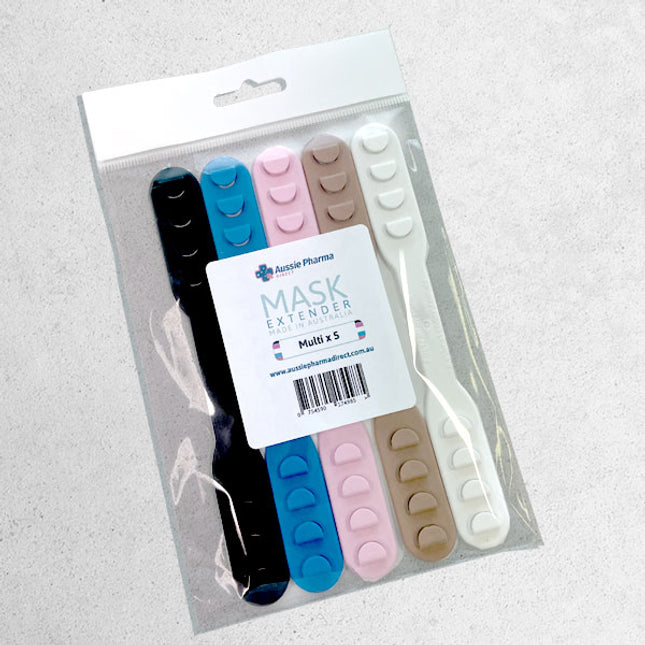General Information
What is a P2 face mask?
A P2/N95 respirator mask is a high-filtration disposable mask designed to filter out very fine particles from the air when worn correctly. It forms a tight seal around the nose and mouth, preventing air from leaking in or out around the edges.
Unlike surgical and cloth masks, which primarily protect against droplets and large particles, P2 masks provide superior filtration and respiratory protection. Cloth and surgical masks do not create a sealed fit and allow air to escape around the sides, reducing their effectiveness.
What is the difference between P2 and N95 masks?
The main difference between P2 and N95 masks is their regional classification and testing standards:
P2 – Australian standard
N95 – American standard
KN95 – Chinese standard
FFP2 – European standard
While the testing requirements vary slightly, all these masks offer a similar level of protection. However, not all masks are made in their respective countries. Some imported P2/N95 masks have been found to be defective, so it’s best to choose Australian-made masks that are regularly tested by the Therapeutic Goods Administration (TGA) for compliance just like the AMD P2 masks.
You can check the AMD mask certifications here: AMD Certifications.
Know more about the difference in our blog: What’s the Difference between P2 Mask and N95 Mask?
Is KF94 the same as P2?
While both KF94 and P2 masks are designed to provide a high level of respiratory protection, they are not exactly the same in terms of the region of classification. KF94 refers to a South Korean standard for respiratory protective devices, specifically face masks. KF94 masks are designed to filter out at least 94% of airborne particles, including fine dust and infectious agents.
On the other hand, P2 masks are part of the Australian/New Zealand standard (AS/NZS 1716:2012) and are used to protect against particulate matter, including airborne particles and biological aerosols. P2 masks are required to have a filtration efficiency of at least 94%.
Why is a P2 face mask with a nanofibre filter better than one with a meltblown filter?
Traditional meltblown filters used in most P2 and surgical masks rely on static electricity to trap particles. However, when exposed to moisture (from breathing or humidity), their filtration efficiency drops significantly. They are also less breathable, typically offering 95-98% filtration and require frequent replacement.
In contrast, the AMD P2 Nano-Tech Respirator uses advanced nanofibre technology, providing:
✔ ≥99.66% Particle Filtration Efficiency (PFE)
✔ ≥99.92% Bacterial Filtration Efficiency (BFE)
✔ Comfortable, long-lasting wear (up to 24 hours)
✔ Consistent filtration, even when damp
The dense nanofibre filter structure allows for easy breathing while maintaining its effectiveness over time, unlike traditional meltblown filters.
Should I use a P2 or N95 mask with a valve?
No. Masks with valves are not recommended as they allow exhaled air (and potentially viruses) to escape, reducing their effectiveness in protecting others.
If you want a mask that remains effective even when damp and still provides excellent breathability, choose a nanofibre P2 mask like AMD instead of a valved mask.











